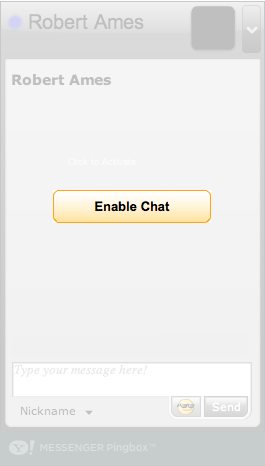Guitar links! Actually mostly music theory with some misc stuff thrown in.
So, music theory has a lot of different aspects. I’ve been lucky enough to have a friend that let me borrow a “beginning solo guitar” book, which is helpful going through by myself, but it doesn’t have a “feedback” mechanism (ie: something to tell me that I’m doing it wrong). Same with the guitar program that Bety got for me… great info, no “slap on wrist / electric shock button”.
There’s a few different parts of playing guitar:
Moving fingers in the right way (both left and right hands).
Reading music (whether it’s tab or sheet music)
Notes v. Chords
Music theory seems to concentrate on the sheet-music side of things, which is to say it’s not the physicality of moving your hands, fingers, and sounding the right notes, but instead how to interpret written musical pieces, and how / why notes sound the way it does. A little boring, but the little of it that that I’ve learned has actually already helped me.
My favorite guitar music theory lesson so far (for example) talks about the major scale. At first I thought the scale was “ABCDEFG”, which is partially true, but translating it to the guitar and reading through the lesson it turns out there’s a formula to the location of notes and how they’re placed on the guitar…
Since I can’t explain it better than the other guy, I’ll just copy and paste the relevent section:
4.0 - The Major Scale.
Possible the most important thing here. Everything from chords to scales is derived from the major scale. You can even use the major scale when soloing and writing, as it is a normal scale too. It’s just more important. The formula, in steps for the major scale is W W H W W W H. You apply that in any key (I’m using C again) and you get the major scale.
C D E F G A B C W W H W W W HNotice how those notes fit right into the formula? Let’s try it with E.
E F# G# A B C# D# E W W H W W W HApply that to any note you want to find its major scale.
Cool, huh? So you can play CDEFGABC or follow the formula (WWHWWWH) and play a major scale starting from any other note. The neat thing to remember about it (and how it’s helped me so far) is that whenever you play any single note, you can “walk it up” and have it sound musically correct if you remember this little formula. Two Frets, Two Frets, One Fret, Two Frets and no matter where you started from, you can follow that pattern.
In my other wanderings, I found the following sites, which are all helpful…
Interactive practice for reading music, rhythm, chords, etc. This site is excellent because it does give you feedback as to whether you answer correctly or not. I also really like his revenue model (mix of free, sales to students and sales to instructors). http://www.emusictheory.com/
Boring but useful information on music theory, appears to use flash because there’s no other good way to present interactive music information on the ‘net. http://www.musictheory.net/
Reminder link for my “for fun” project of auto-ascii tab to sheetmusic stuff. http://www.lilypond.org/web/switch/howto
Google Videos of playing, maintaining a guitar. http://video.google.com/videosearch?q=expert+guitar+-bass+-hero
Frets.com, really accurate overview of caring for a guitar from somebody who really knows guitars. I wish I would have known about this site before I first tried to change my strings… it probably would have saved me slight gouge I put in the front of the guitar. http://frets.com/
And that’s it.
23:25 CST | category / entries
permanent link | comments?
